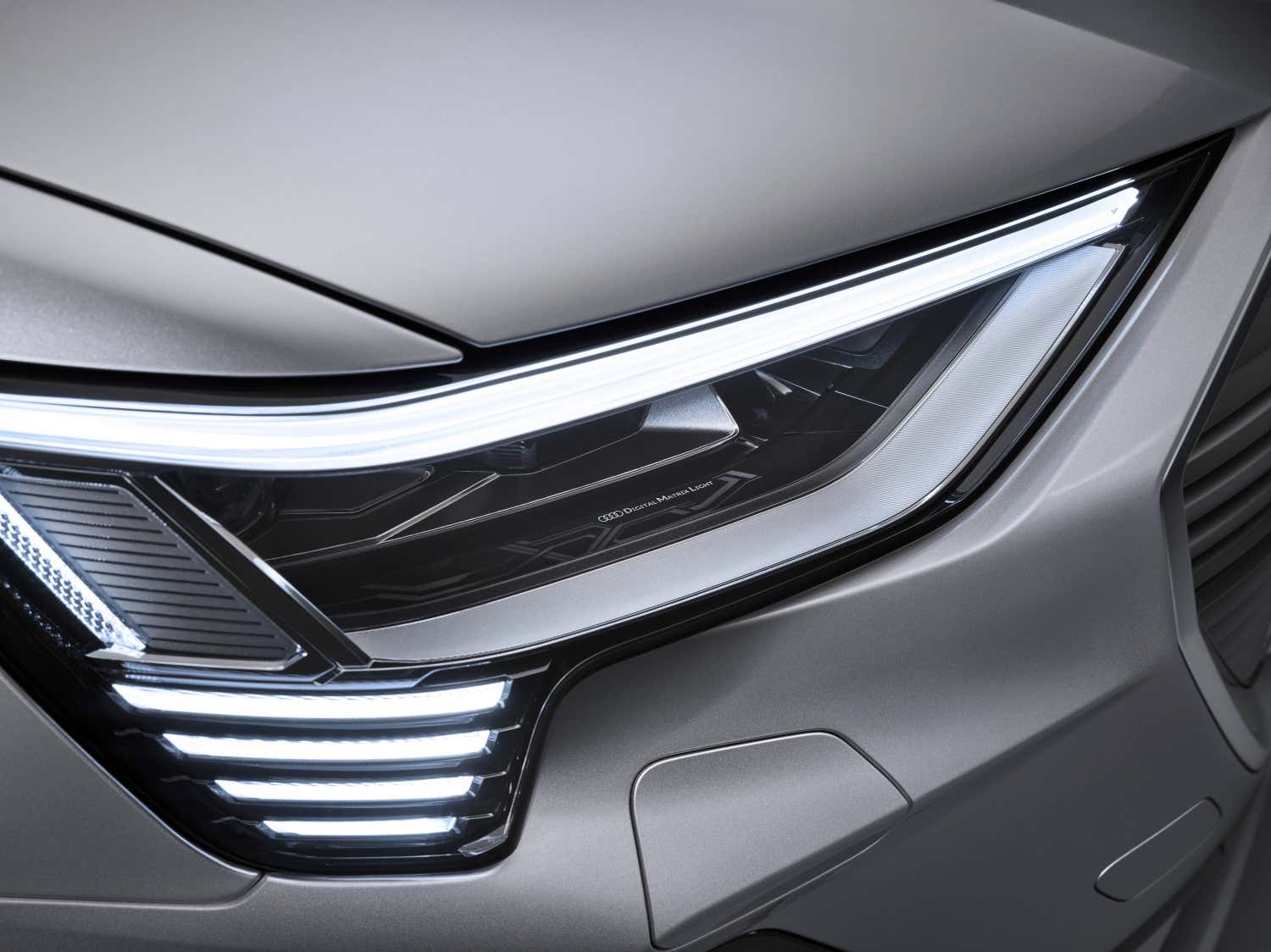If you are a car enthusiast, you might have noticed how the modern headlights can be a bit dazzling. The technology to mitigate this in the form of intelligent adaptive headlights does exist, but those systems were outlawed from American shores owing to the archaic National Highway Traffic Safety Administration regulations that trail Europe’s driver safety guidelines by well over a decade. However, according to the new bipartisan infrastructure bill, adaptive headlights are allowed at long last on American shores.
For new car buyers, this means alternating between separate high and low beams could become obsolete. A frontal camera monitors for other cars and adaptively dims only the area it detects traffic in while maintaining full high-beam brightness everywhere else. This can enable the drivers to always b on high beams and not make the other driver uncomfortable.
Audi has been selling cars in America with adaptive headlights for years, with the previously forbidden technology locked behind a software wall to keep its cars federally legal.
While the change had to happen at one point, the Infrastructure Investment and Jobs Act, signed into law by President Joe Biden on Nov. 15th of last year, mandated a two-year timeframe to finalize the new rule. Now, this is happening sooner than it needed to.

The journey of its legalization has not been an easy one though. Toyota initially requested that NHTSA change the headlight regulations as early as 2013 and NHTSA formally proposed allowing adaptive high beams in 2018, but no formal federal pressure was applied until the infrastructure bill became law. Now, after a decade, this will be implemented and drivers will be able to drive without causing discomfort to the other drivers.


